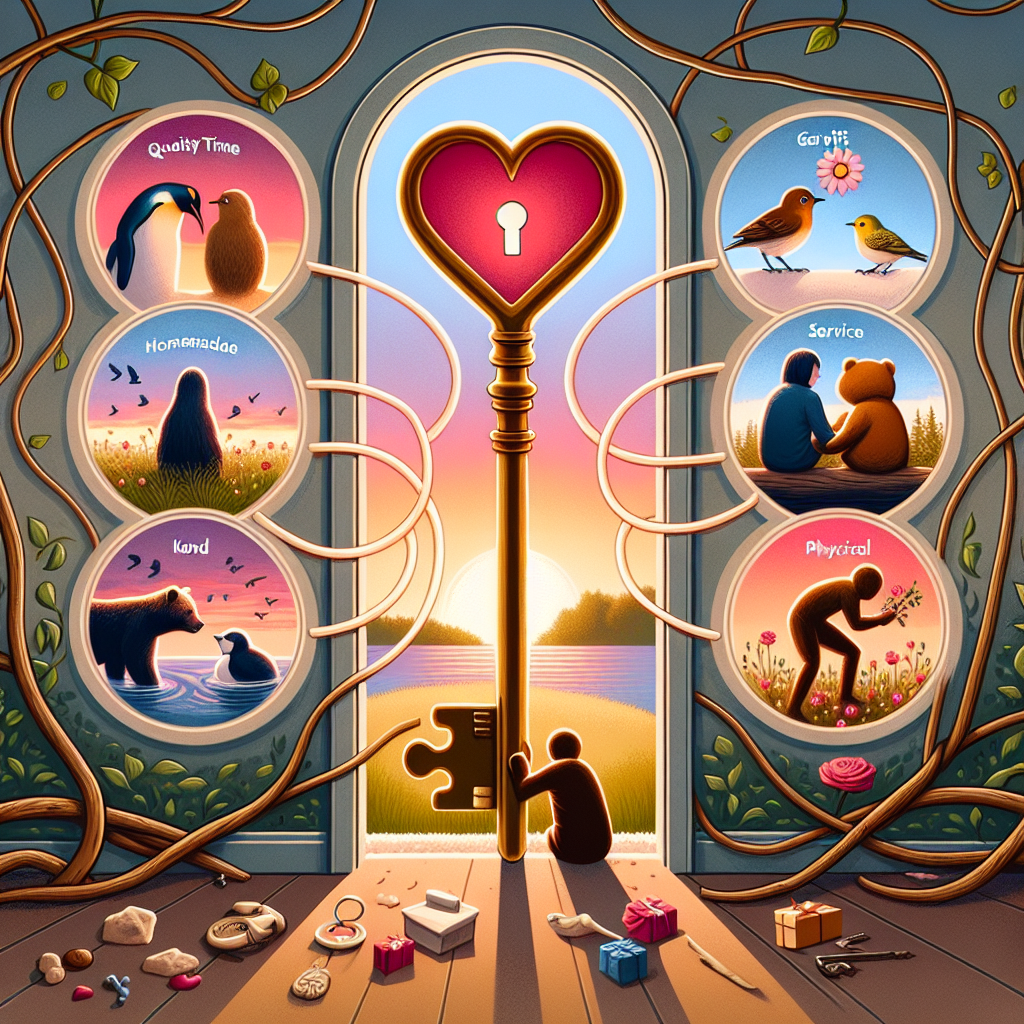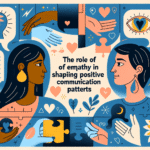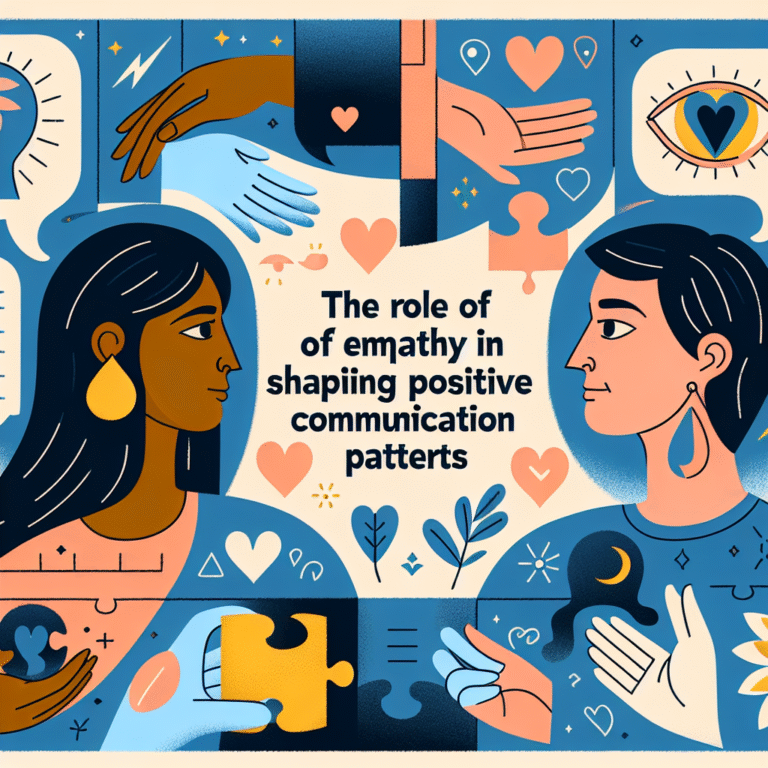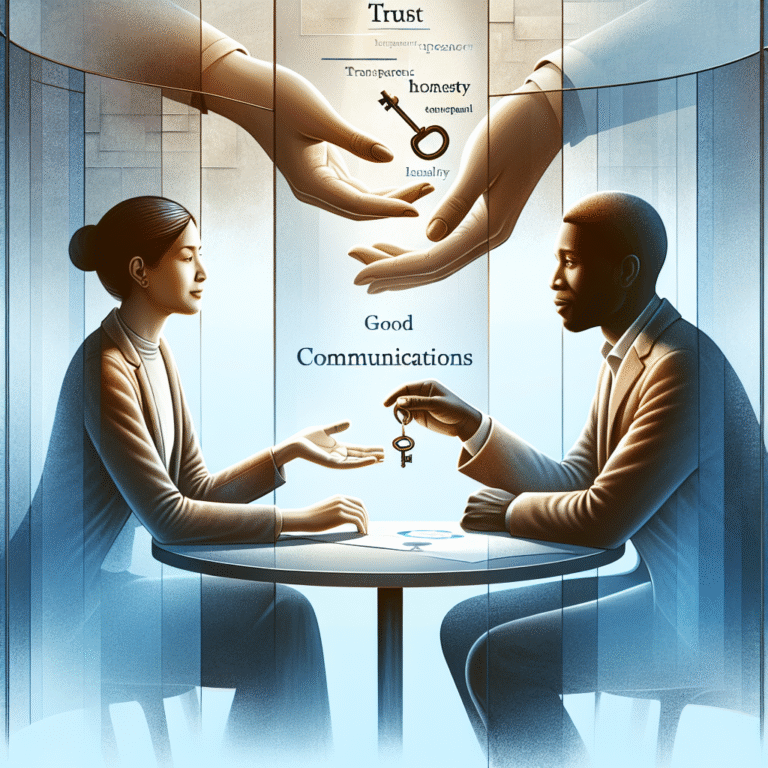
In the intricate tapestry of human emotions, love stands out as one of the strongest and most essential threads. Yet, how often do we find ourselves lost in translation regarding what love truly means? This is where the concept of Love Languages and Relationship Dynamics: Unlocking Deeper Connections comes into play. Understanding the languages through which we express and receive love can profoundly impact the health and happiness of our relationships.
Introduction
Have you ever felt that your partner didn’t appreciate the way you expressed your love? Or perhaps you’ve felt unfulfilled despite your partner’s animated gestures of love? These dilemmas often arise due to differences in love languages—subtle yet powerful formats of expressing affection. By exploring the dynamics of love languages, we can bridge emotional gaps, foster deeper connections, and nurture fulfilling relationships. This article delves into these themes, offering insights and strategies to unlock the deep emotional ties that keep relationships thriving.
The Five Love Languages: A Brief Overview
Dr. Gary Chapman’s groundbreaking book, "The Five Love Languages," introduced the world to five distinct ways people express and interpret love:
- Words of Affirmation: Verbal acknowledgments, compliments, or words of encouragement.
- Acts of Service: Actions that help or support one another.
- Receiving Gifts: Thoughtful presents that convey affection.
- Quality Time: Meaningful moments spent together, free from distractions.
- Physical Touch: Affectionate gestures like hugs, kisses, or cuddling.
Why Love Languages Matter
Understanding these love languages is vital for a couple’s emotional health. In a study conducted by the University of Kansas, participants who knew each other’s love languages reported higher levels of relationship satisfaction. The key takeaway? Love languages are not just conceptual ideas; they have real-world implications.
Case Study 1: The Miscommunication between Sarah and Mike
Sarah and Mike have been together for five years. Sarah thrives on Quality Time, cherishing uninterrupted moments with her partner. Meanwhile, Mike prefers Acts of Service. While he loves to surprise Sarah with small tasks around the house, he neglects the time she craves. The result? A growing cycle of frustration and unfulfilled needs. After attending a relationship workshop focusing on Love Languages and Relationship Dynamics: Unlocking Deeper Connections, they successfully bridged their emotional gap. Sarah communicated her need for quality time, while Mike learned to balance it with his service-oriented expressions of love.
Analysis
This case illustrates the importance of understanding love languages. By openly discussing their emotional needs, Sarah and Mike fostered deeper connections and increased happiness in their relationship.
Exploring Your Love Language
To unlock the potential of your relationship, start by identifying your love language and your partner’s. This exploration can be done through quizzes available online or simply by observing how you and your partner express affection.
Table 1: Tips for Identifying Love Languages
| Love Language | How to Identify |
|---|---|
| Words of Affirmation | Do you often compliment others? |
| Acts of Service | Do you feel loved when others help you? |
| Receiving Gifts | Do thoughtful gifts move you emotionally? |
| Quality Time | Do you crave time together without distractions? |
| Physical Touch | Are you affectionate or crave closeness? |
The Impact of Culture on Love Languages
Culture plays a significant role in shaping how we express love. For instance, in some cultures, Physical Touch may be more readily accepted than in others. Understanding the cultural context can help partners navigate the landscape of love languages more effectively.
Case Study 2: Raj and Anaya’s Cultural Journey
Raj and Anaya come from different cultural backgrounds. Raj’s family expresses love through Acts of Service and Words of Affirmation, while Anaya’s family emphasizes Physical Touch. Initially, Raj struggled with Anaya’s need for physical closeness, viewing it as excessive. However, through open dialogue about their cultural backgrounds, they learned to value each other’s languages. Raj made a conscious effort to express love through touch, and Anaya acknowledged Raj’s service-driven love expressions.
Analysis
This case exemplifies that love languages are not static; they can be influenced by cultural upbringing. By embracing their differences, Raj and Anaya deepened their relationship.
The Science behind Love Languages and Attachment Styles
Understanding love languages is also crucial in the context of attachment theories. Many people exhibit particular attachment styles—secure, anxious, or avoidant—that affect their love language preferences.
Table 2: Love Languages and Attachment Styles
| Attachment Style | Common Love Languages | Relationship Dynamics |
|---|---|---|
| Secure | All love languages | Positive, open communication |
| Anxious | Words of Affirmation, Physical Touch | Need for reassurance, often misinterprets neglect |
| Avoidant | Acts of Service | Prefers distance, struggles with emotional intimacy |
Practical Strategies for Implementing Love Languages
Communication is Key
Start with a frank discussion about love languages. Discuss your own and your partner’s styles, ensuring to express how your unique preferences can coexist.
Create Love Language Plans
Schedule regular check-ins to assess how well you’re meeting each other’s emotional needs. This proactive approach fosters accountability and allows for adjustments when necessary.
Express Gratitude
Make it a habit to express gratitude for the ways your partner shows love. This not only reinforces their love language but enhances mutual appreciation.
The Dynamic Nature of Love Languages
As relationships evolve, so might love languages. Life experiences, stressors, and personal growth can shift how individuals express and want to receive love.
Case Study 3: John and Lisa—Evolving Love Languages
John and Lisa met in college and initially bonded over Quality Time. As adult responsibilities set in, including careers and children, their love languages evolved. John leaned more towards Acts of Service, whereas Lisa craved Words of Affirmation to feel valued amidst the chaos. Their relationship hit a rough patch, but they tackled their struggles by revisiting their love languages. Regular discussions helped them adapt to their changing emotional needs.
Analysis
This case emphasizes that love languages are fluid. To maintain relationship satisfaction, couples must regularly communicate their evolving needs.
Conclusion
Love Languages and Relationship Dynamics: Unlocking Deeper Connections is not merely a concept; it’s a transformative journey that can enhance relationships. By understanding and embracing the different ways we express and receive love, couples can develop deeper emotional ties, alleviate misunderstandings, and create a fulfilling partnership.
Remember, every relationship requires nurturing. Taking the proactive steps to unlock these deeper connections can lead to a more satisfying and joyful relationship—one where both partners feel seen, heard, and loved.
FAQs: Addressing Common Concerns
1. What if my partner has a different love language?
It’s essential to communicate openly about this difference. Understanding your partner’s love language allows you both to meet each other’s emotional needs better.
2. What if I don’t know my love language?
Take time to self-reflect or utilize online quizzes designed to help identify your love language. Observing how you express love to others can also provide clues.
3. Can love languages change over time?
Yes, as relationships evolve, so do love languages. Significant life changes, such as having children or changing jobs, can reshape what you need from your partner.
4. How do I make my partner feel loved in their love language?
Make an effort to express love through their preferred language consistently. Regularly check in to ensure that both you and your partner feel fulfilled.
5. What if I find it difficult to express love in a certain language?
Practice can help! Start small—with gestures that align with your partner’s love language—and seek feedback to improve over time.
In a world where relationships can often become challenging, understanding love languages can illuminate the path to deeper connections. Embrace this journey, foster open communication, and you’ll be well-equipped to navigate the complexities of love intelligently and compassionately.

















